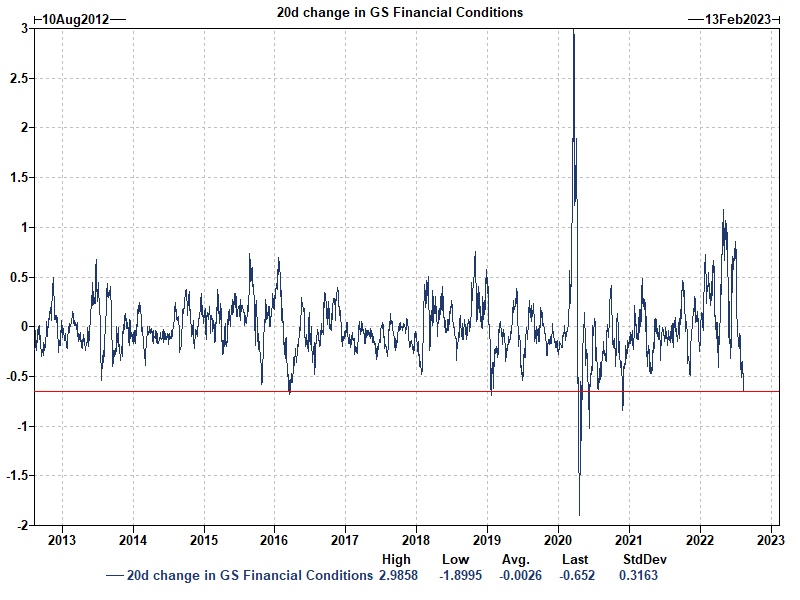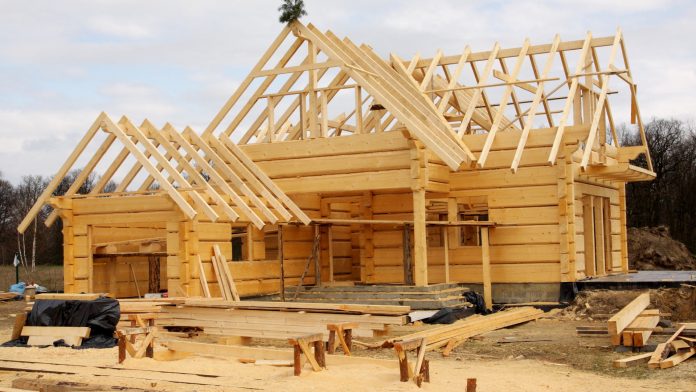Stocks edged higher in a volatile trading session this morning as bulls attempted to overcome yesterday’s plunge. The Dow, S&P, and Nasdaq Composite opened flat on the day before climbing during a mid-morning rally.
Through noon, however, the indexes were unable to hang on to their initial gains. Stocks retraced intraday as Dow components led the market into negative territory.
Treasury yields fell, too, after the 10-year Treasury rate hit a 30-day high yesterday. Concerns over a more hawkish Fed drove rates higher, dragging stocks into a selloff. The Fed’s summer meeting at Jackson Hole concludes this Friday with a speech from Fed Chairman Jerome Powell.
Yesterday, pre-Jackson Hole jitters were blamed for the market’s bearish shift. Following a release of weak economic data this morning, though, bulls sparked a (temporary) morning runup as rate hike expectations faded.
Investors learned today that new home sales plummeted in July to just 511,000 single-family houses, falling 12.6% from June’s tally. The number missed the consensus estimate of 574,000 homes badly. This data confirmed a housing recession in the US, which last week’s disappointing used home sales hinted at.
And though demand cratered, prices soared. The median sale price for a new home jumped to $439,000 in July, up 9.2% from June’s median price of $402,400. New home prices are now near April’s record high of $458,000.
Pantheon Macro chief economist Ian Shepherdson pointed to rising home inventory as the reason for July’s sales slump following a period of low inventory last year.
“At the start of 2021, a lack of existing homes pushed buyers into the new home market and sent prices soaring, but now existing home supply is rocketing too as homeowners scramble to sell before prices fall too far,” Shepherdson said, predicting a decrease in new home prices as surging inventory levels force homebuilders to cut prices.
“We expect sharp month-to-month declines in new home prices for the foreseeable future.”
Another possible cause for the price jump is the glut of cash that remains in the US economy. Despite a series of rate hikes over the last few months, fiscal policy has been rather loose according to the Goldman Sachs Financial Conditions Index.

Lower readings on the chart indicate looser financial conditions. Over the last month, conditions fell at a near-record pace. Keep in mind, too, that the Fed hasn’t really soaked up much cash since starting quantitative tightening in June.
That’s why home prices might stay persistently high in the face of falling demand. If the Fed shifts dovish and ends up hiking less than expected, that could put upward pressure on prices as well.
In fact, traders this morning were betting that would be the case. Rate hike odds tumbled at the open in response to the weak housing data.
But will the Fed actually back off the rate increases due to a housing recession? According to statements from two Fed officials last week – St. Louis Fed President Bullard and Richmond Fed President Barkin – the rate hikes may surprise to the upside instead.
That’s a big-time bearish impulse. And, should Powell double down on the hawkish rhetoric this Friday at Jackson Hole, an absolutely vicious selloff should follow in response to the Fed chair confirming the market’s biggest fear.








